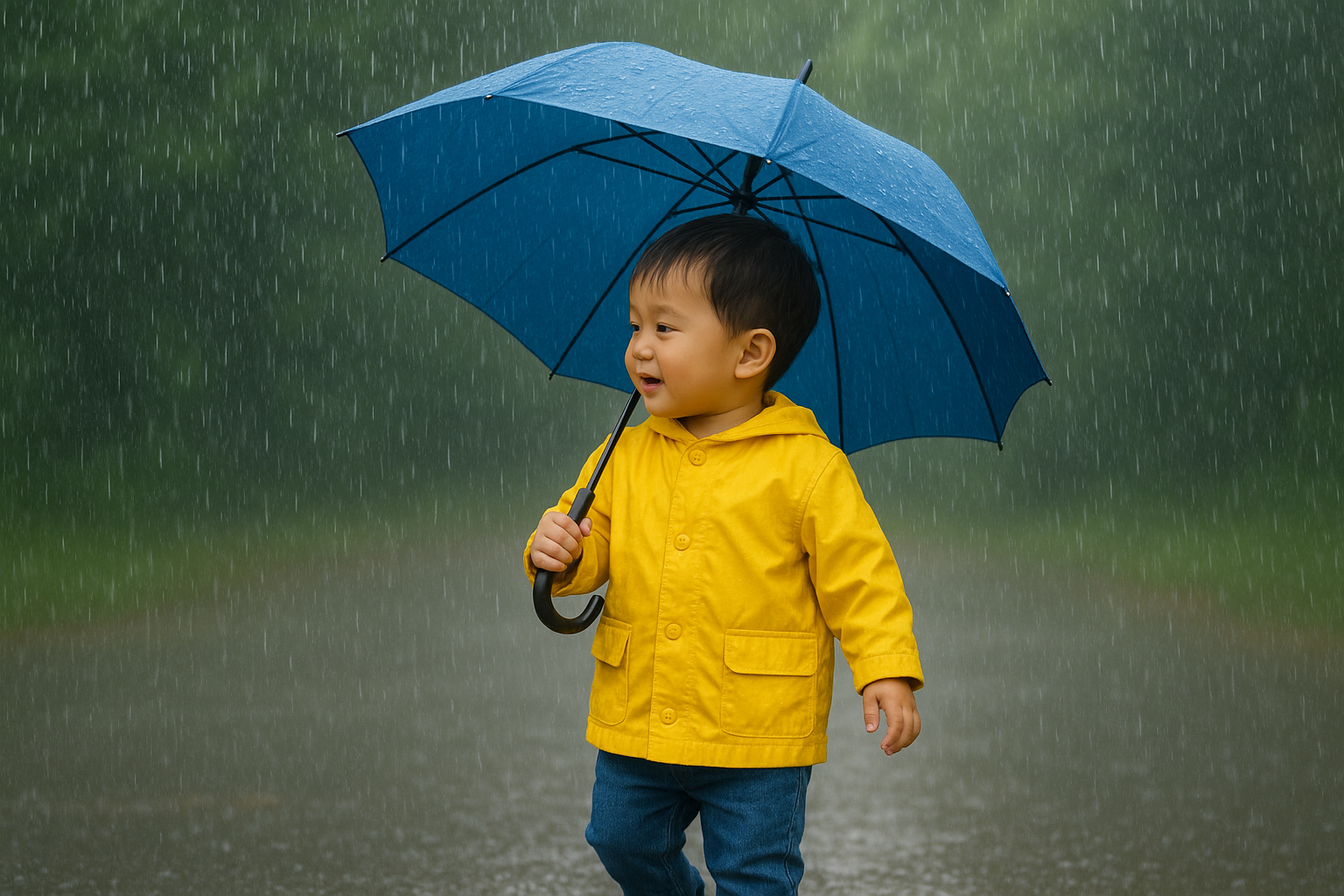Answer:
The middle ear is an air-filled cavity located just behind the eardrum. In otitis media, fluid can accumulate in this cavity, putting pressure on the eardrum and leading to pain and affecting a child's hearing.
Children are more susceptible to otitis media than adults because their Eustachian tubes are shorter, narrower, and more horizontal. This allows bacteria and viruses from the nose and throat to easily travel up to the middle ear, and it also makes it harder for fluid to drain. A child's immune system is still developing and not fully capable of fighting off common pathogens. Adenoids (nasopharyngeal tonsils) are larger in children and can compress and block the Eustachian tubes, creating an environment for bacterial growth.
Otitis media is categorized into acute otitis media and otitis media with effusion. Acute otitis media is the most common type, occurring as a sudden infection in the middle ear. Rainwater itself is not a direct cause of the infection. It's primarily caused by bacterial or viral infections following an upper respiratory tract infection (like the flu or a sore throat). Blocked Eustachian tubes trap fluid in the middle ear, promoting bacterial growth. If the eardrum is intact, rainwater entering the ear canal won't have an effect.
 |
Children with otitis media need to be well protected when it rains. *Image generated by AI* |
In your son's case of chronic otitis media, caution is necessary if his eardrum is perforated or if he has had ventilation tubes inserted. The eardrum acts as a barrier, protecting the middle ear from external elements like water and bacteria. When perforated, this barrier is compromised, allowing any water that enters the ear canal, whether from bathing, swimming, or rain, to flow directly into the middle ear cavity.
Rainwater often contains dirt and bacteria. When this contaminated water enters the already sensitive middle ear cavity, it can trigger an acute infection on top of the existing chronic condition. This can cause the ear to drain pus again, leading to pain, fever, and a worsening of the condition. Children exposed to rain are also more likely to catch a cold or the flu, indirectly increasing the risk of otitis media.
If your child gets caught in the rain, tilt their head to the side of the affected ear, gently pull the outer ear to straighten the ear canal, and allow the water to drain. Use a soft, clean cotton cloth to dry the outer ear. Never use cotton swabs or any other object to poke deep inside the ear. This can push water and bacteria further in, potentially causing damage.
Monitor your child for any signs of ear pain, fluid or pus drainage, fever, decreased hearing, tinnitus, dizziness, or loss of balance. If any of these symptoms occur, consult a doctor immediately.
MSc. Dr. Le Thi Hong Hue
Pediatrics Department, Tam Anh General Clinic, District 7
| Readers can submit questions about children's health here for doctors to answer. |












